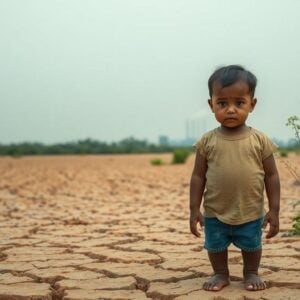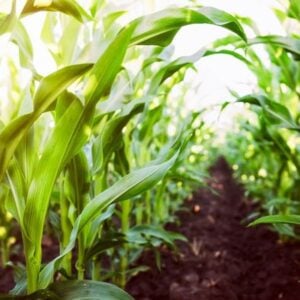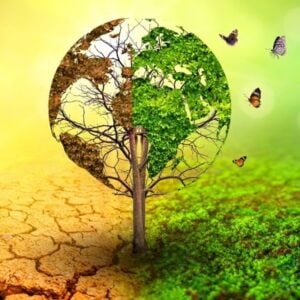The 2025 Global Multidimensional Poverty Index (MPI) report, released by the United Nations Development Programme (UNDP) and the Oxford Poverty and Human Initiative (OPHI), reveals that nearly 8 in 10 people living in multidimensional poverty—887 million out of 1.1 billion globally—are directly exposed to climate hazards, including extreme heat, flooding, drought, and air pollution. The report, titled Overlapping Hardships: Poverty and Climate Hazards, presents new evidence showing that poverty is deeply intertwined with environmental risks, highlighting how climate pressures exacerbate socio-economic disadvantages.
Exposure to multiple climate hazards intensifies the challenges faced by poor populations. Among those living in acute multidimensional poverty, 651 million experience two or more hazards, and 309 million face three or four hazards simultaneously, creating a “triple or quadruple burden.” The most widespread hazards are high heat, affecting 608 million poor people, and air pollution, impacting 577 million. Floods threaten 465 million, while drought affects 207 million. These overlapping environmental pressures often hit populations with limited assets and minimal social protection, worsening their vulnerability.
The report identifies geographic and economic hotspots for these compounded hardships. South Asia and Sub-Saharan Africa are the regions most affected, with 380 million and 344 million poor people living in climate-exposed areas, respectively. In South Asia, 99.1% of poor people are exposed to at least one climate hazard, with 91.6% facing two or more, making the region particularly vulnerable despite significant recent progress in poverty reduction. Lower-middle-income countries bear the largest absolute and proportional burden, with 548 million poor people exposed to at least one hazard and over 470 million confronting multiple hazards simultaneously.
Looking to the future, the report warns that climate-related burdens are likely to intensify. Countries with higher current levels of multidimensional poverty are projected to experience the greatest temperature increases by the end of the century. These findings underscore the urgent need for climate-resilient poverty reduction strategies, enhanced local adaptation capacities, and strengthened international cooperation and financing to address the unequal impact of climate hazards on the world’s poorest populations.







